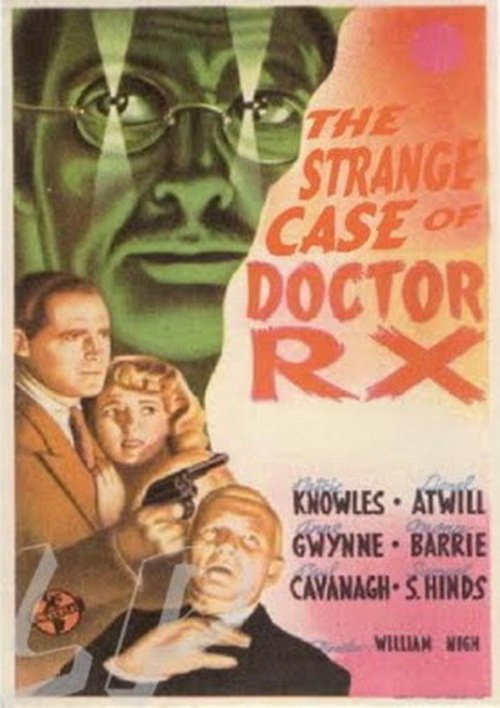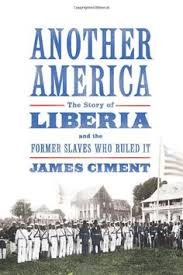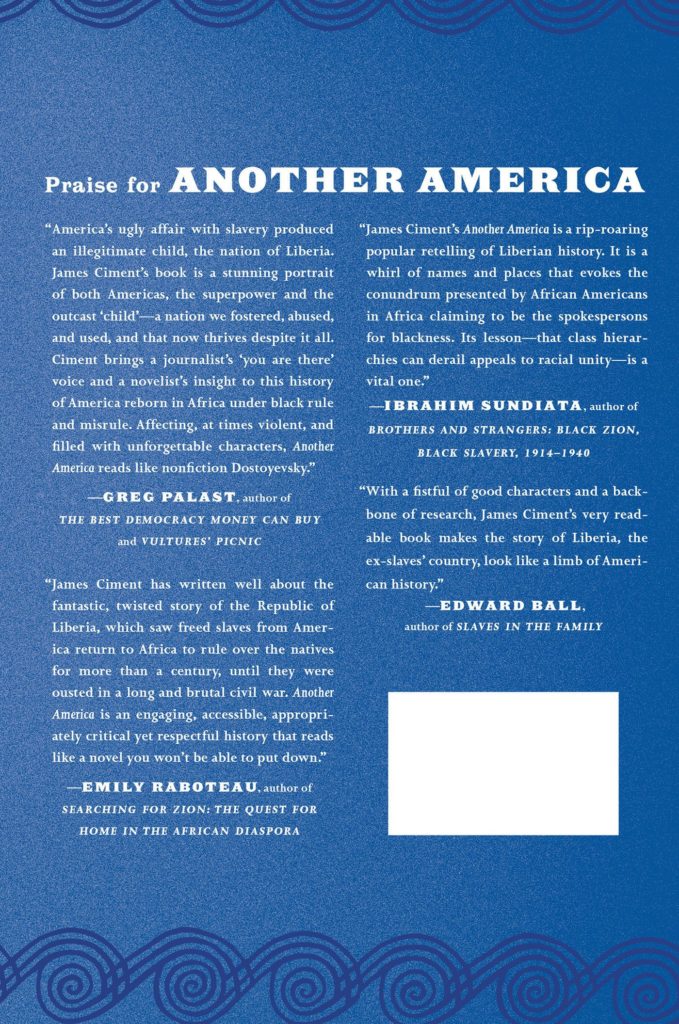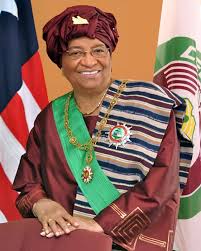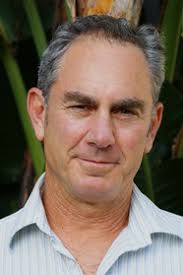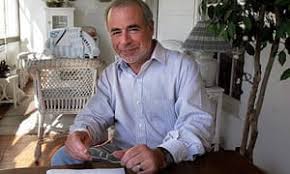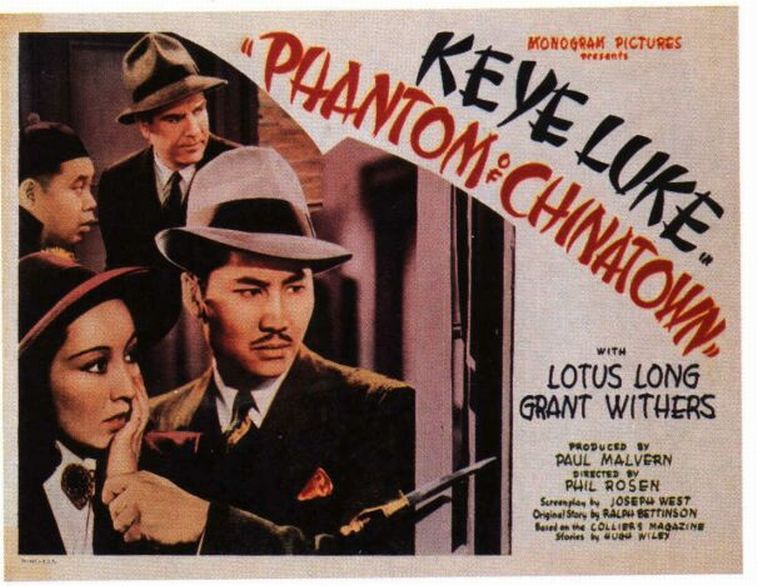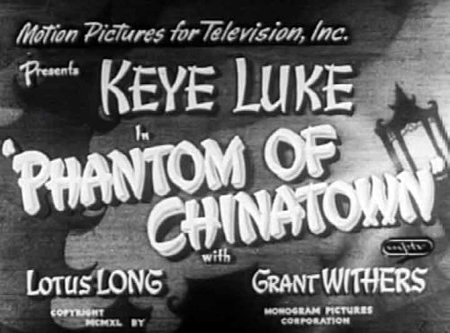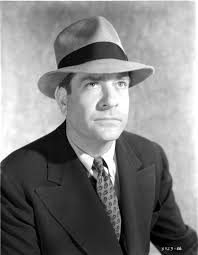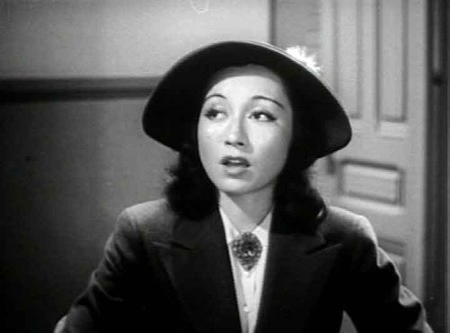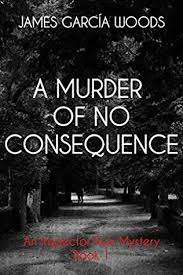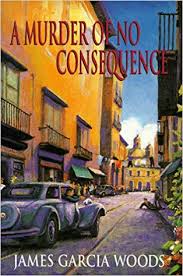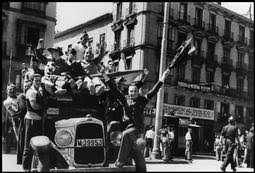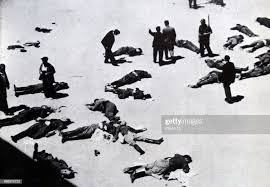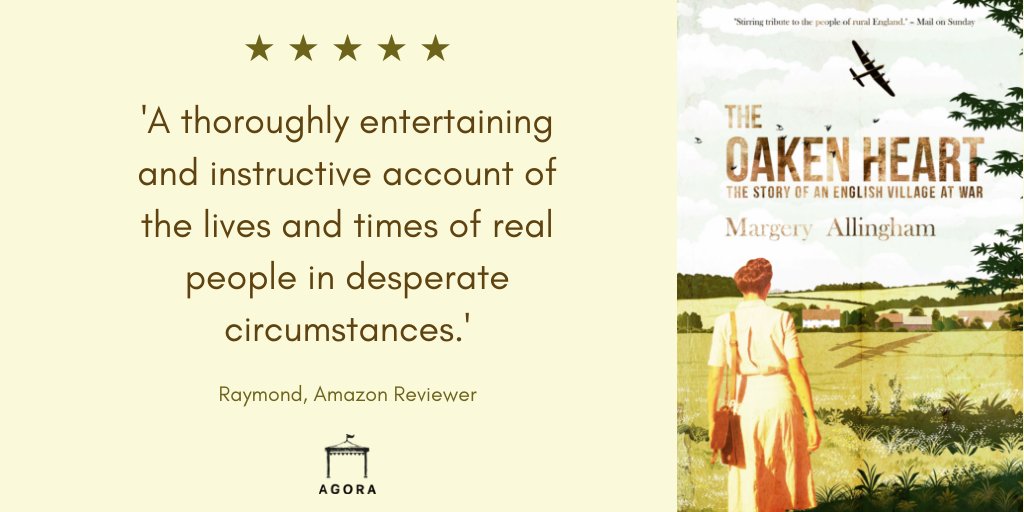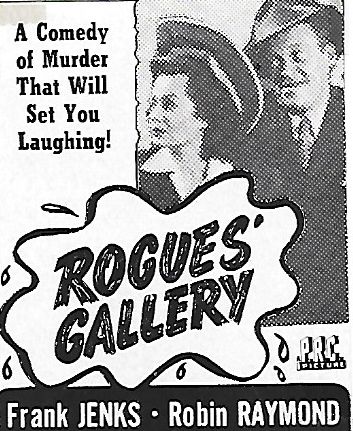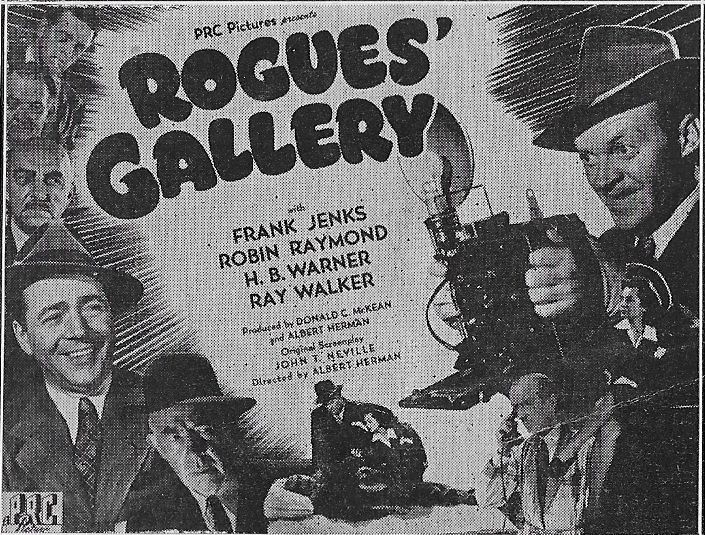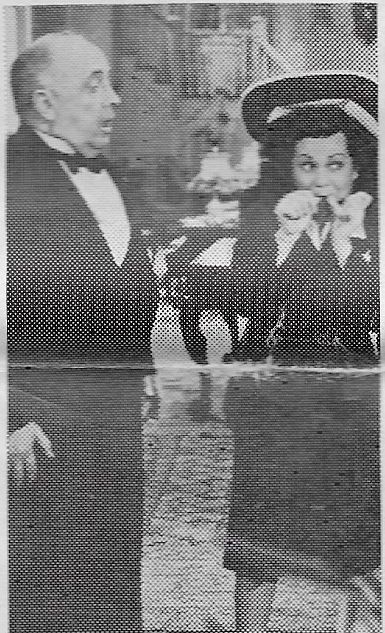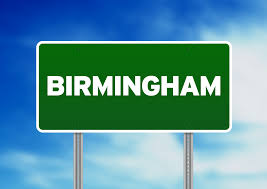The Strange Case of Doctor Rx (1942)
IMDb meta-data is 1 hour and 6 minutes, rated 5.4 by 287 cinematizens.
Genre: Mystery
Verdict: 5.4! Inflation!
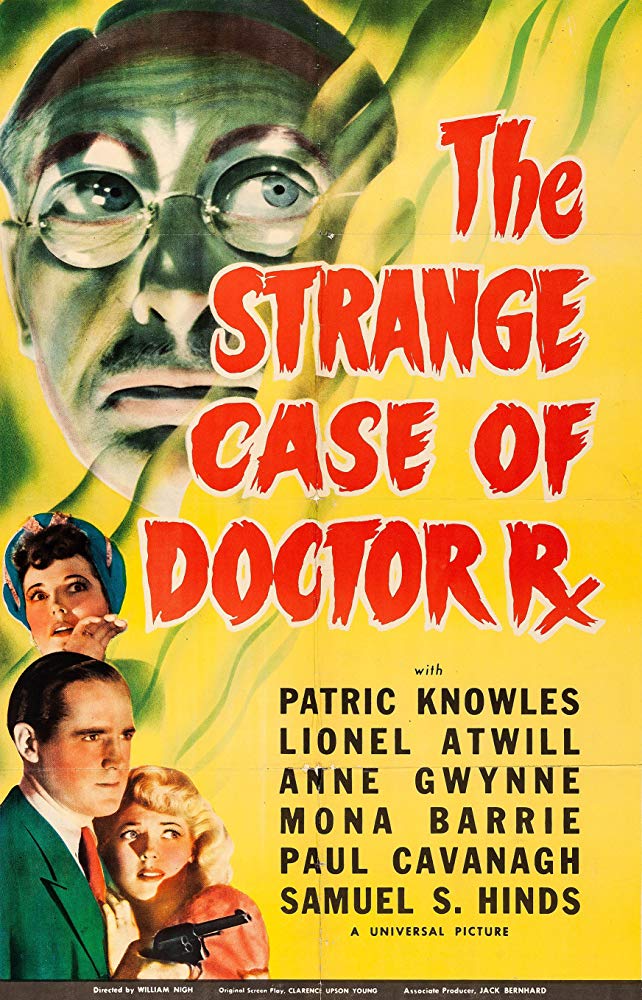
Smooth PI takes an assignment. An avuncular defence attorney who is successful in getting guilty villains off hires him. Why? No sooner are his guilty felon clients found not guilty by a jury of evangelicals, then they are murdered by strangulation. Fearing that this mortality rate will harm his future business with villains he offers Smooth a wad to find the culprit.
Smooth has no hesitation in taking the lucre from this representative of murderous villains. However his new Wife objects, not on moral grounds, but because it will keep Smooth out at nights. This is national news in the rags. [Sure.] Indeed, Smooth’s every move is news and splashed over the Murdoch newspapers from the Props department. Is he Princess Di in disguise?
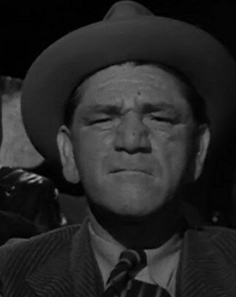
Plod is not motivated to investigate these killings. But then one Plod is Shemp Howard busy looking for the other two stooges. (Interest waning…)
Wife interferes with Smooth’s investigation. Being independently wealthy Smooth lives in a palace with Mantan Moreland as a valet, whose acting talent exceeds that of Smooth, despite the despicable stereotype. Lionel Atwill is utterly wasted as a red herring. Wife shows some spark, dimmed by the tiresome constraints of the day that consign her fainting and screaming.
Smooth and Wife amuse themselves by phoning in false alarms to Plod. [Sure.]
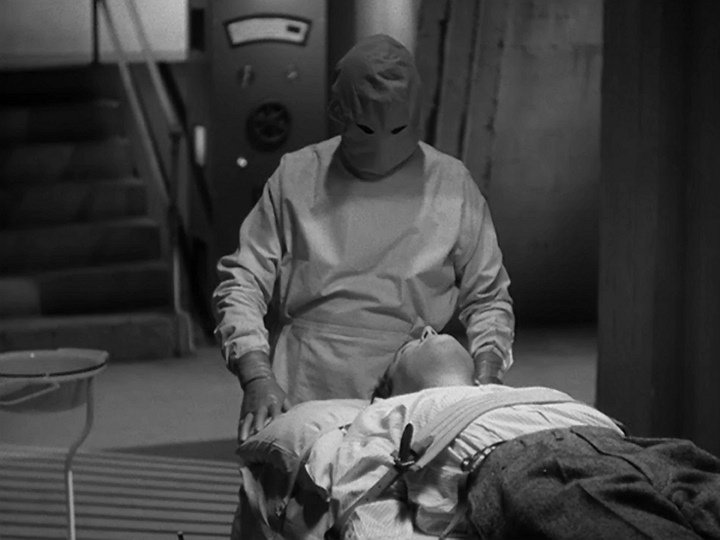
Then a Republican in a wrap-around hoodie kidnaps Valet and Smooth and prepares to….[shudder] transfer Smooth’s brain — if it can be found — into Ray Corrigan wearing a gorilla suit. ‘Poor Ray,’ cried the fraternity brothers! Valet looks on, sweating, pale, and bug-eyed. Smooth seemed bored by the whole mad scientist shtick. What’s going on within the hoodie is unknown to the scriptwriter and stays that way. Then by the miracle of a screen dissolve, Smooth is lounging in a hospital. Valet has his eyes popped back in. Wife screams and faints on cue.
When asked how he got away from Dr GOP, Smooth says, with refreshing and irritating, honesty that he does not know (because it was not in the script). Later when asked how the poison simulated strangulation he gives the same answer. (Some coroner.)
According to Rule One of the B-picture Krimi Writer’s Manual, the least likely suspect did it. Yes, it was the avuncular lawyer and masked surgeon who got the villains off, then murdered them, and was preparing to swap Smooth for Ray, as above. No more ‘Mr Nice Guy’ for him!
Why Uncle did it is because…[gobbledygook]. Why he left a note initialed Rx with every corpse is never explained. Like much else: Like why I watched it to the end. Incredulity, perhaps, that it was so incomplete, haphazard, and uninteresting. Could that level of incompetence be sustained for the entire running time, I asked? Yes, I answered. Bear that in mind when considering the White House.
When Smooth is asked how he sussed it out, he says….. [see above].
It was released on 17 April 1942. The next day newsreels described Lt Colonel James Doolittle’s one-way mission to bomb Tokyo. Doolittle had an MIT PhD in engineering and applied that to avionics. By some miracle 71 of the 80 volunteer flight crewmen survived. The raid had no tactical effect on Japan doing little damage, but it did have a strategic effect that is sometimes neglected. A few bombs fell within a kilometre of the Emperor’s palace, causing the Imperial Navy to pull back more than a thousand nautical miles from the Eastern and Southern Pacific the more intensely to patrol nearer Japan to forestall another such attack. That retreat allowed the American build up of shipping in the mid-Pacific, e.g., Noumea, and eased shipping to and from Australia and supported ANZAC combat in the Solomons and New Guinea.
In addition, and in the main the raid raised US morale in the steady diet of bad news for months – Pearl, Manila, Bataan, Corregidor, Guam, Attu, Wake… Morale and the demonstration the Japan could be hit, these were the two purposes of the raid and it succeeded on those scores. Taking off in an armed B-25 from the deck of the USS Hornet has to be seen (on You Tube) to be believed. The deck was less than half the prescribed length of the runway for these aircraft when loaded with bombs. They certainly could not land on the flight deck and so had to fly over Tokyo for a few minutes and ditch at map co-ordinates in China.
Japanese reprisals against Chinese civilians as they searched for the down pilots led to tens of thousands of rapes and murders. While such a search had been anticipated, the scale and savagery of it surpassed any expectation. Japanese history, I am told, is silent on such reprisals but long on the damage done by Doolittle’s Raid.

